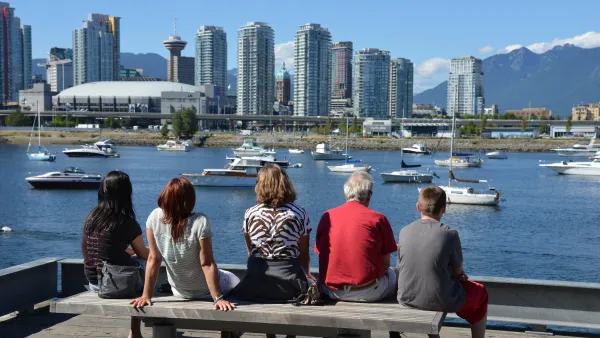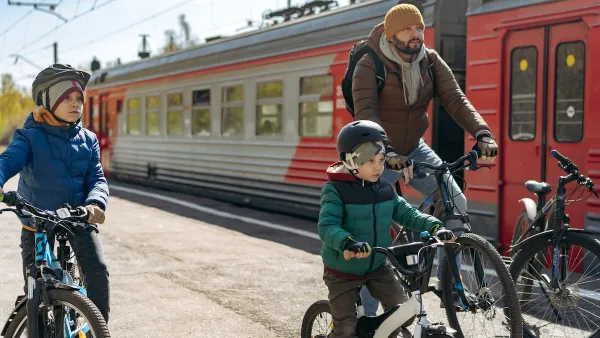The process by which creative types colonize a distressed neighborhood, making it safe for hipsters and developers, has become a common template for urban revitalization efforts. Neeraj Mehta asks who is served, and who isn't, by these forces.
Creative placemaking - the process by which "partners from public, private, nonprofit, and community sectors
strategically shape the physical and social character of a neighborhood,
town, tribe, city, or region around arts and cultural activities" - has become a common path by which city leaders, and planners, seek to bring economic growth and vitality to their cities. But in surveying the statements by which organizations define and decide to fund creative placemaking efforts, Mehta finds that a pro-equity agenda is missing from the conversation.
"When we talk about creative placemaking and its role in increasing
vibrancy and revitalizing neighborhoods," says Mehta, "we need to ask much deeper
questions and strive for much more explicit goals. Specifically, how is
our creative placemaking benefiting low-income communities and
communities of color?"
"Let's define 'who benefits' as a clear
indicator of our success or failure," argues Mehta. "We need to be more purposeful,
targeted and explicit about who our creative placemaking strategies are
intended to benefit. And if we're working in communities that are
distressed, poor or have been historically populated by communities of
color, then we need to make sure that whatever strategies we design, or
investments we make, are creating benefit for them."
FULL STORY: The Question All Creative Placemakers Should Ask

Analysis: Cybertruck Fatality Rate Far Exceeds That of Ford Pinto
The Tesla Cybertruck was recalled seven times last year.

National Parks Layoffs Will Cause Communities to Lose Billions
Thousands of essential park workers were laid off this week, just before the busy spring break season.

Retro-silient?: America’s First “Eco-burb,” The Woodlands Turns 50
A master-planned community north of Houston offers lessons on green infrastructure and resilient design, but falls short of its founder’s lofty affordability and walkability goals.

Test News Post 1
This is a summary

Analysis: Cybertruck Fatality Rate Far Exceeds That of Ford Pinto
The Tesla Cybertruck was recalled seven times last year.

Test News Headline 46
Test for the image on the front page.
Urban Design for Planners 1: Software Tools
This six-course series explores essential urban design concepts using open source software and equips planners with the tools they need to participate fully in the urban design process.
Planning for Universal Design
Learn the tools for implementing Universal Design in planning regulations.
EMC Planning Group, Inc.
Planetizen
Planetizen
Mpact (formerly Rail~Volution)
Great Falls Development Authority, Inc.
HUDs Office of Policy Development and Research
NYU Wagner Graduate School of Public Service




























